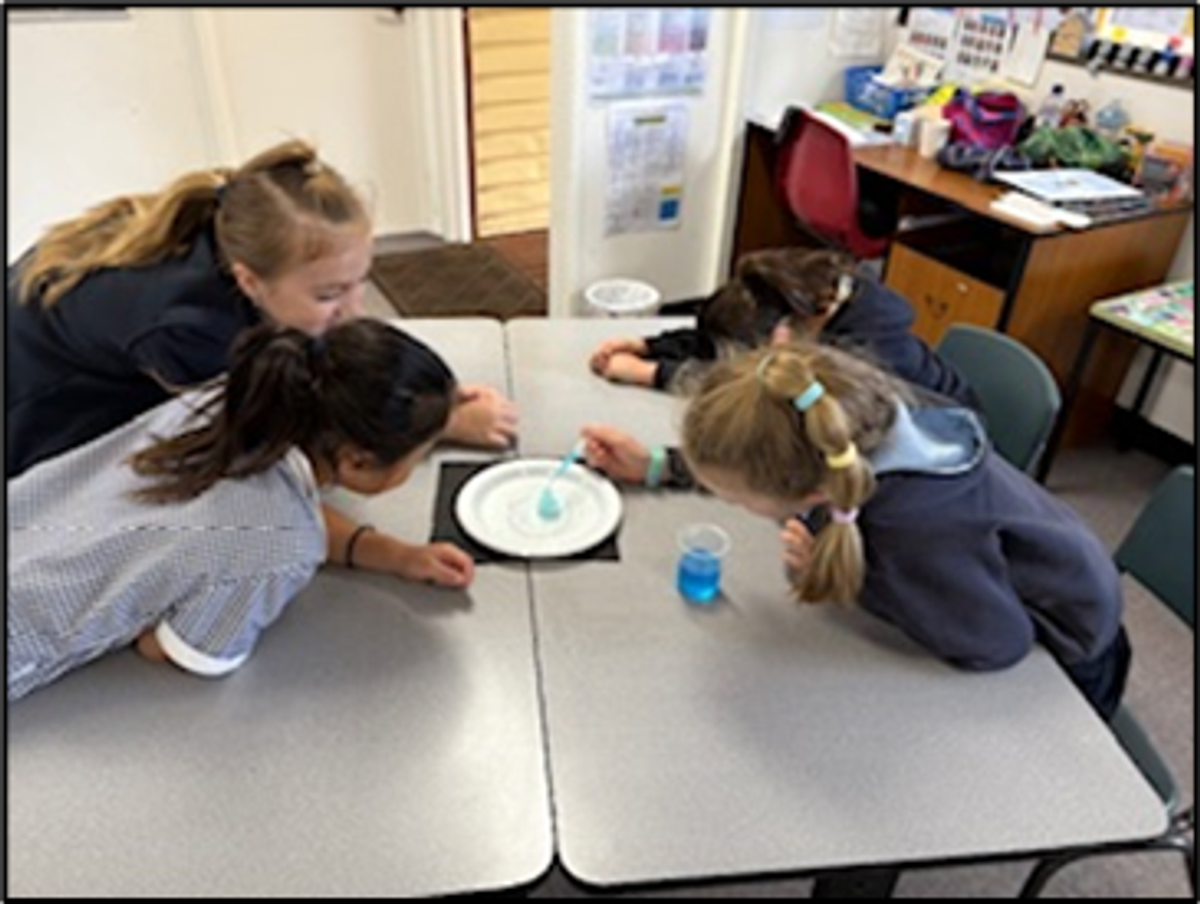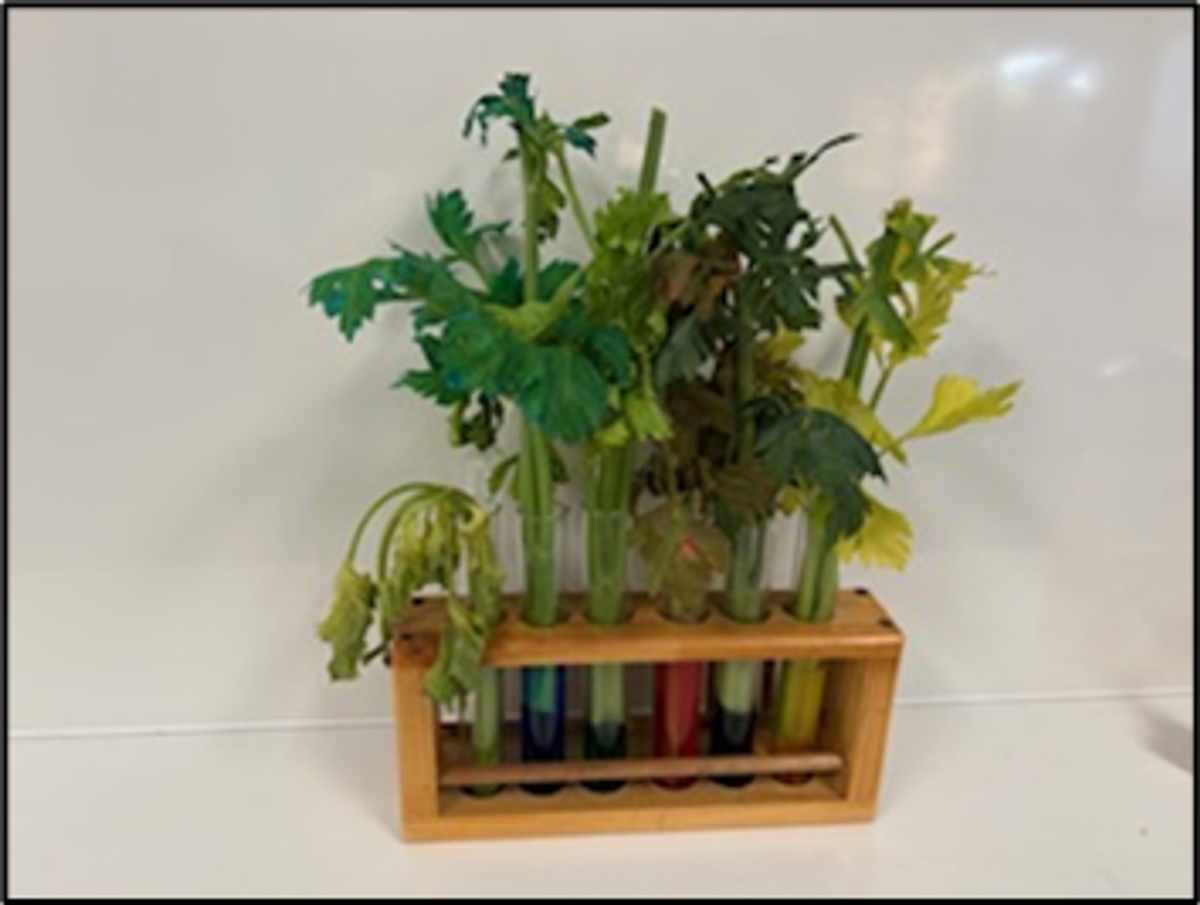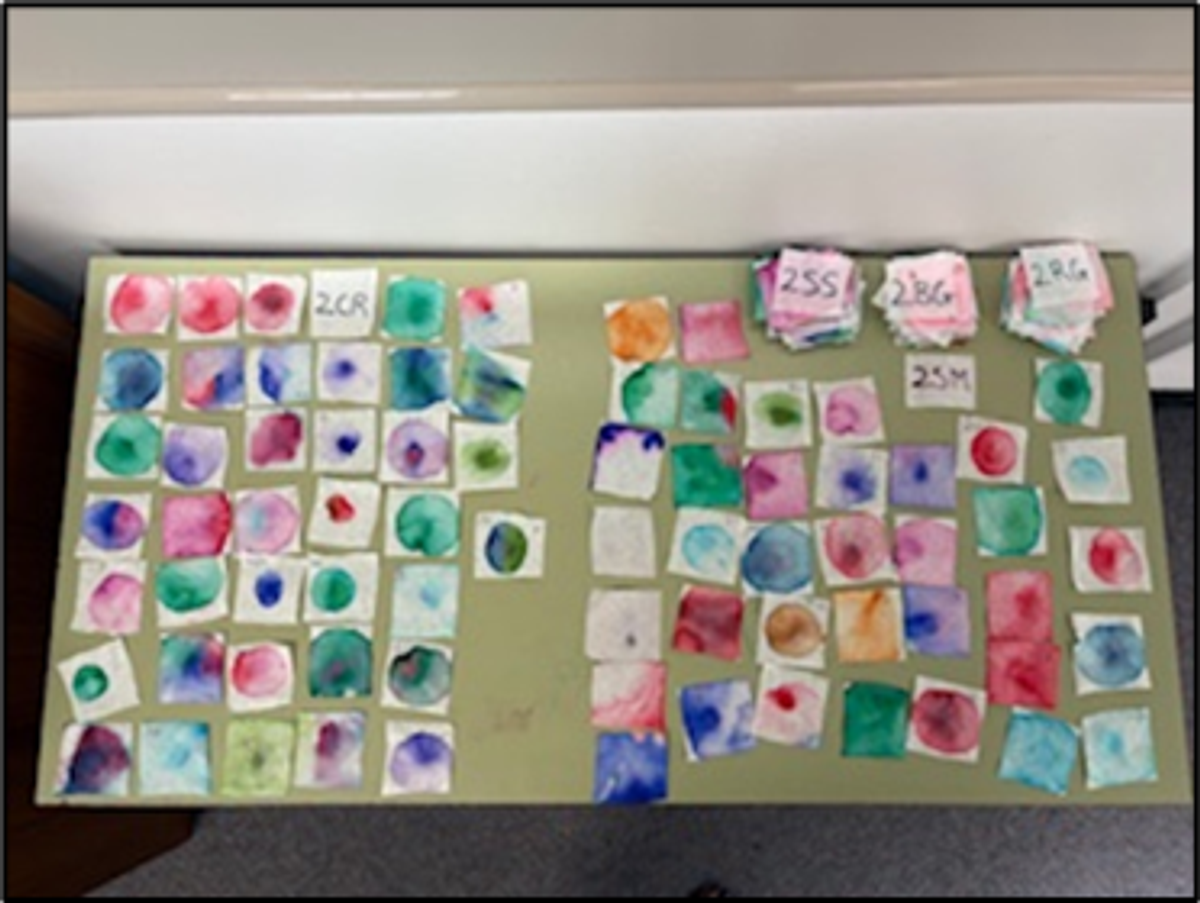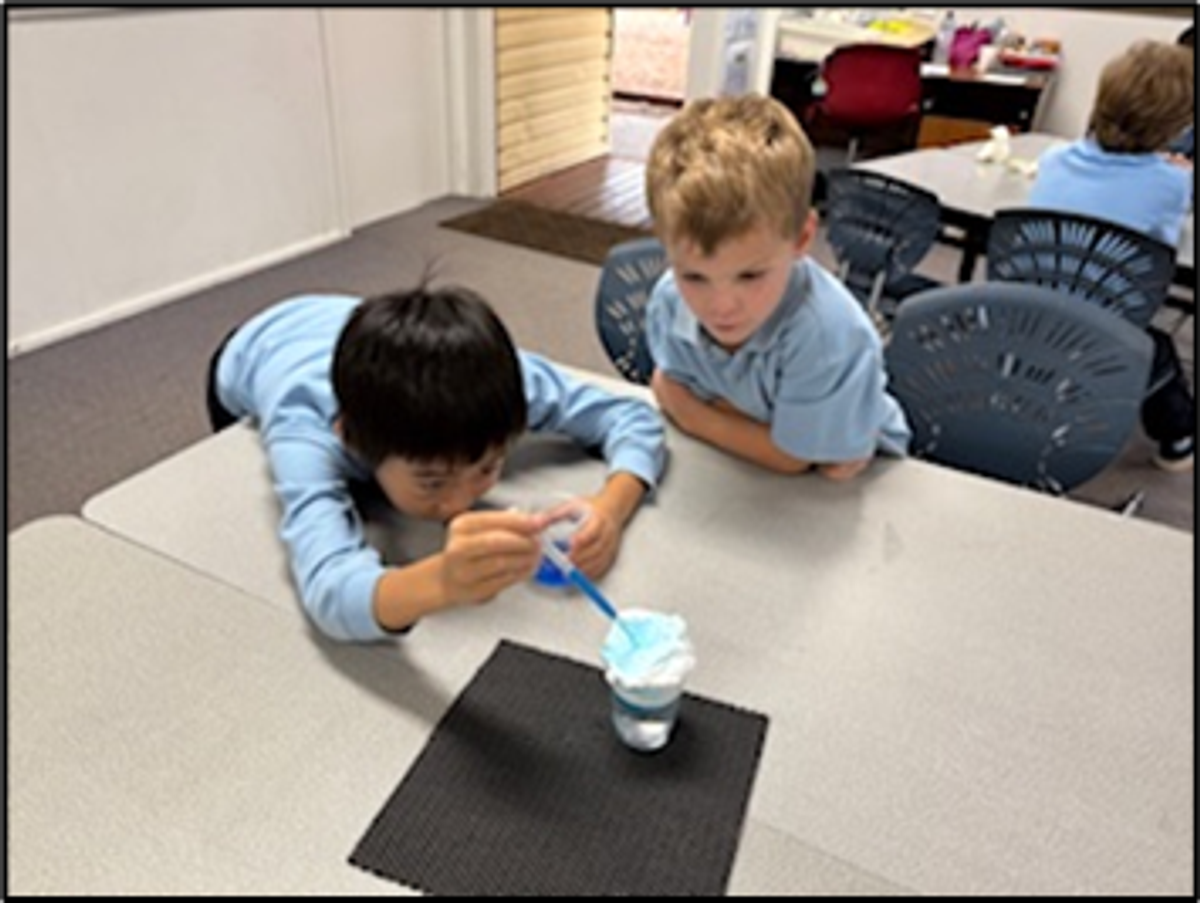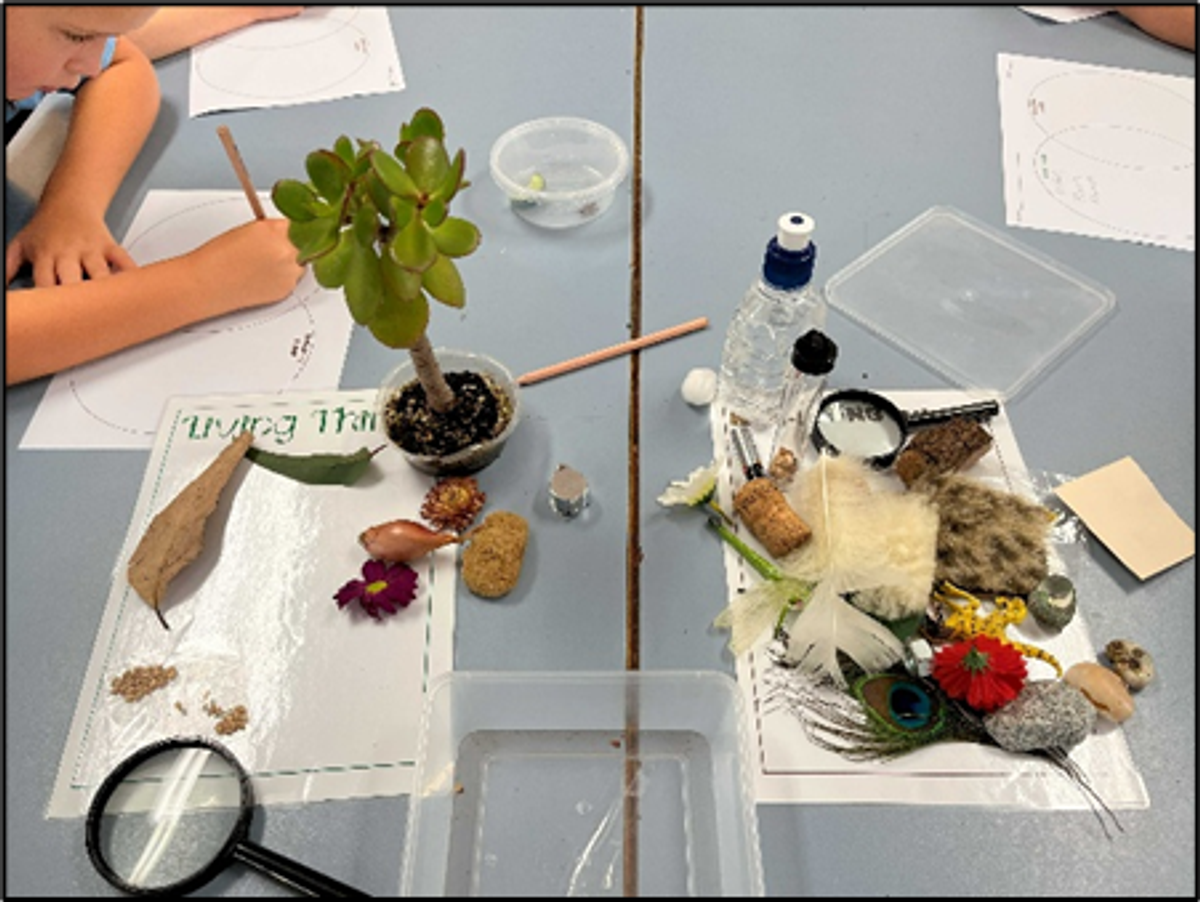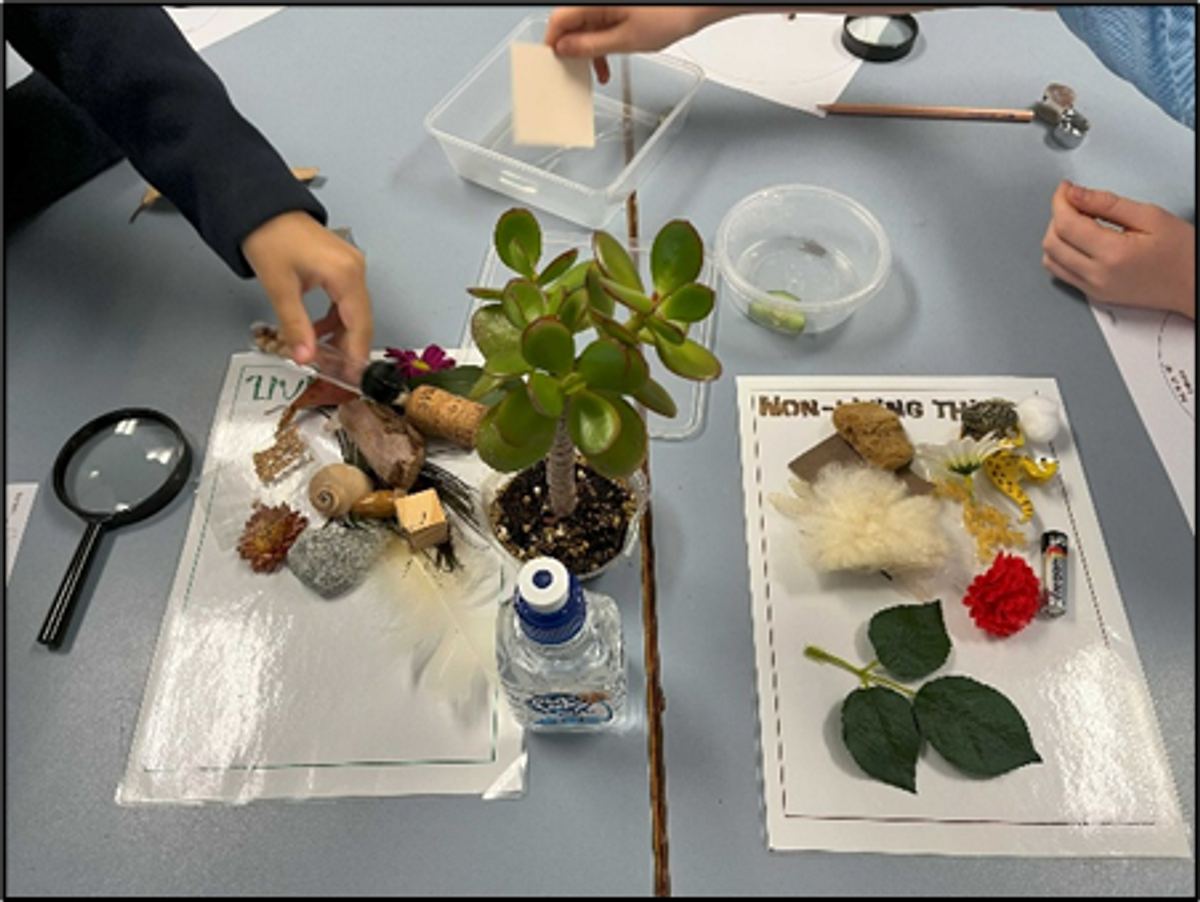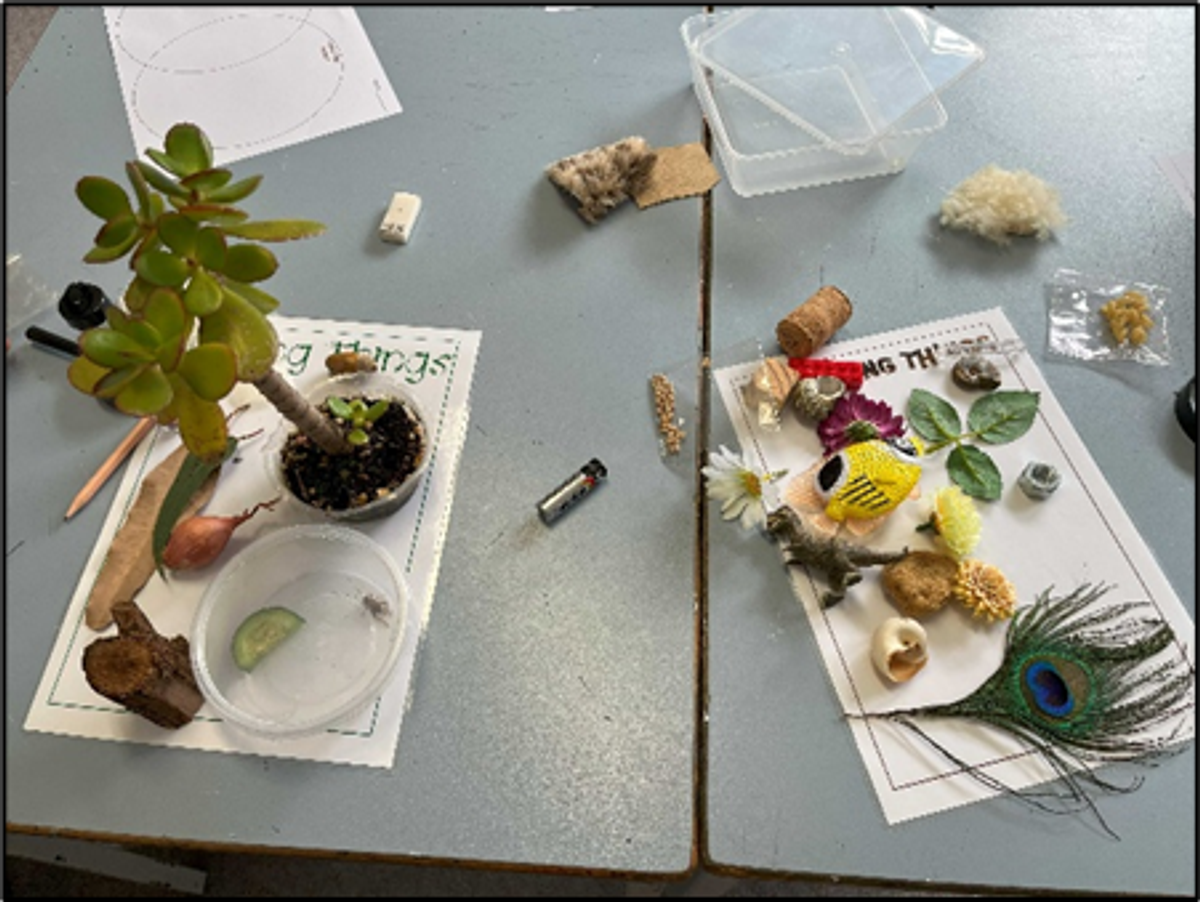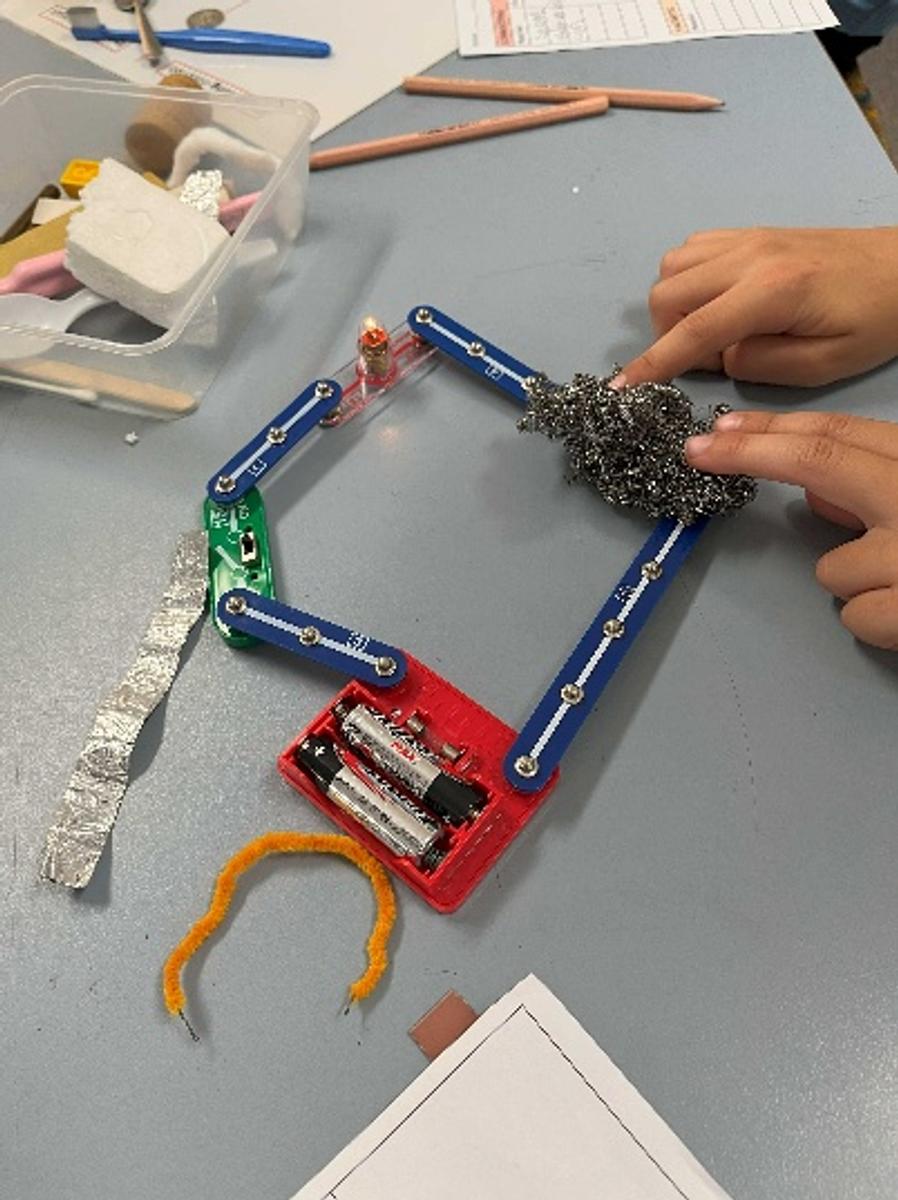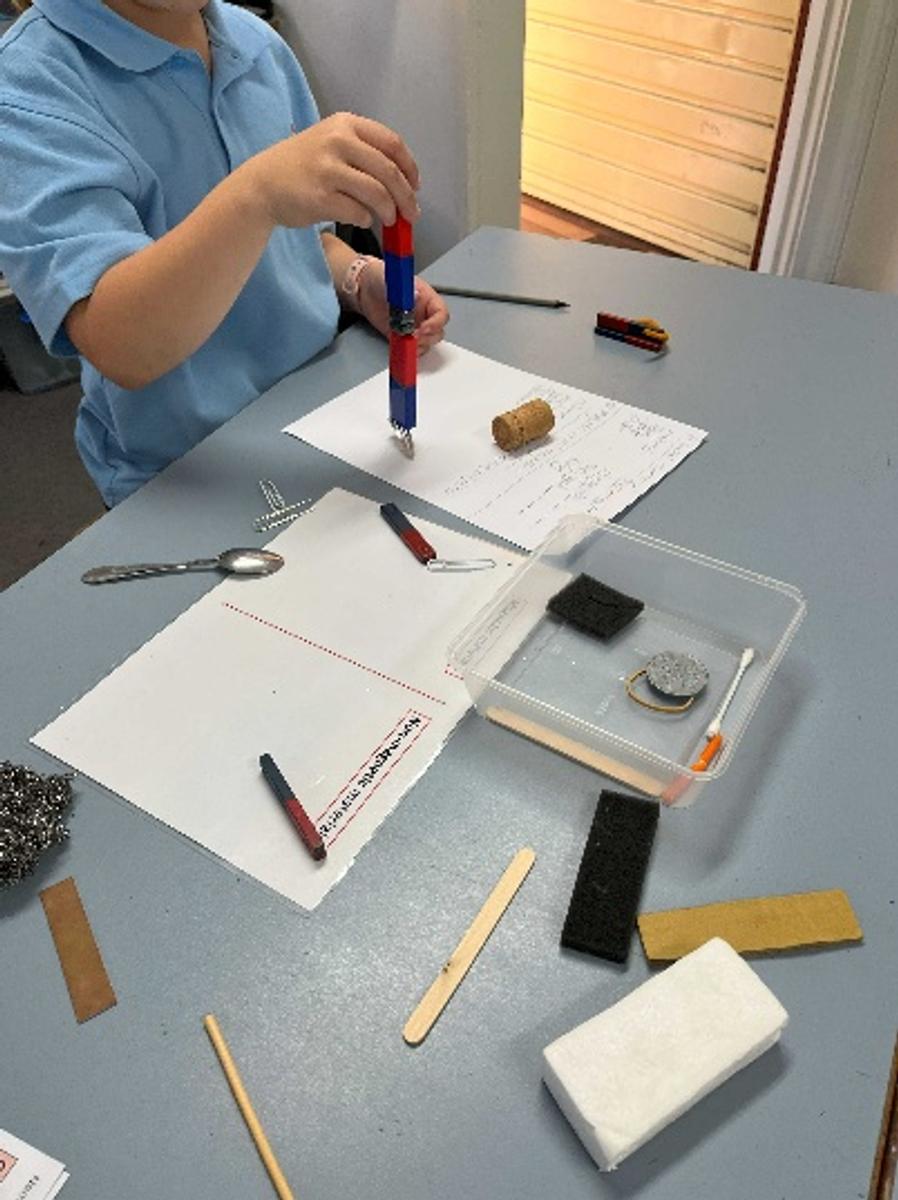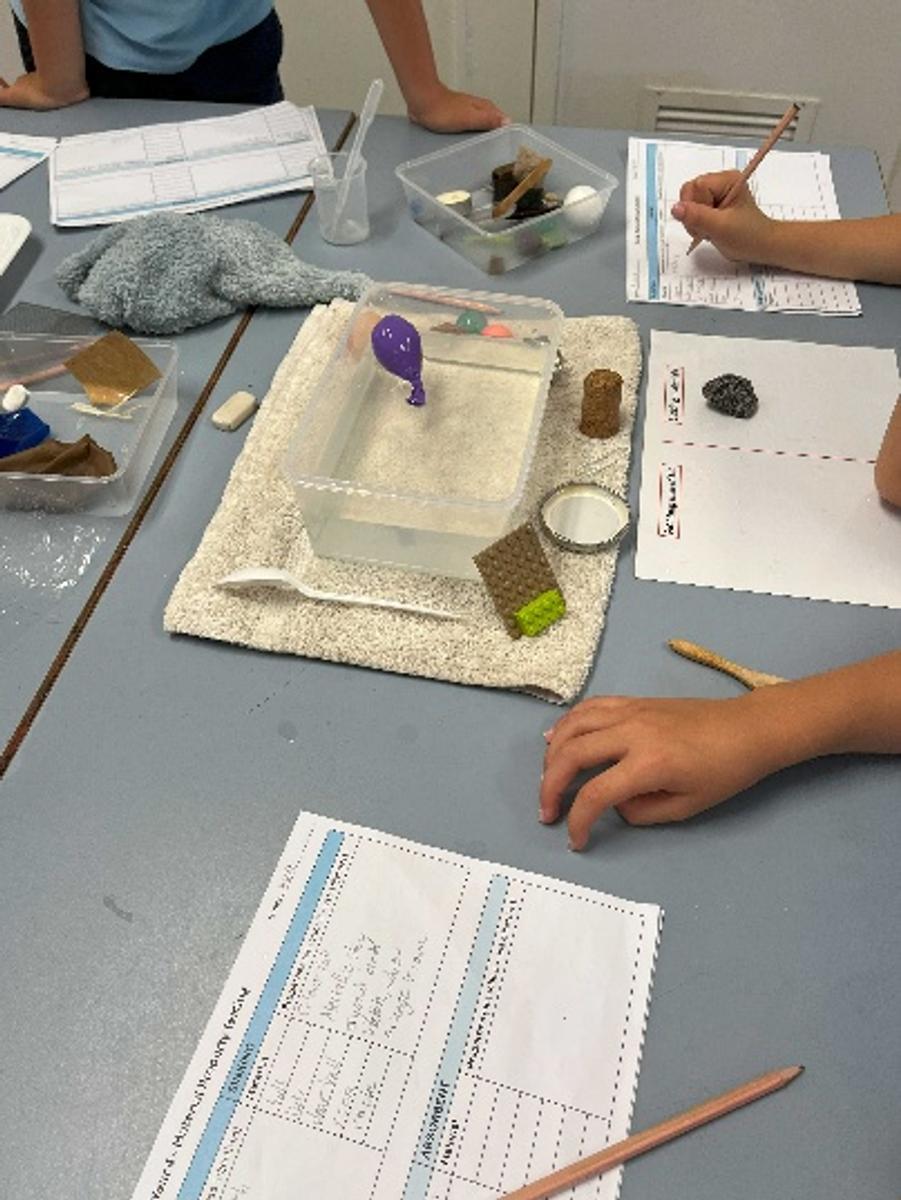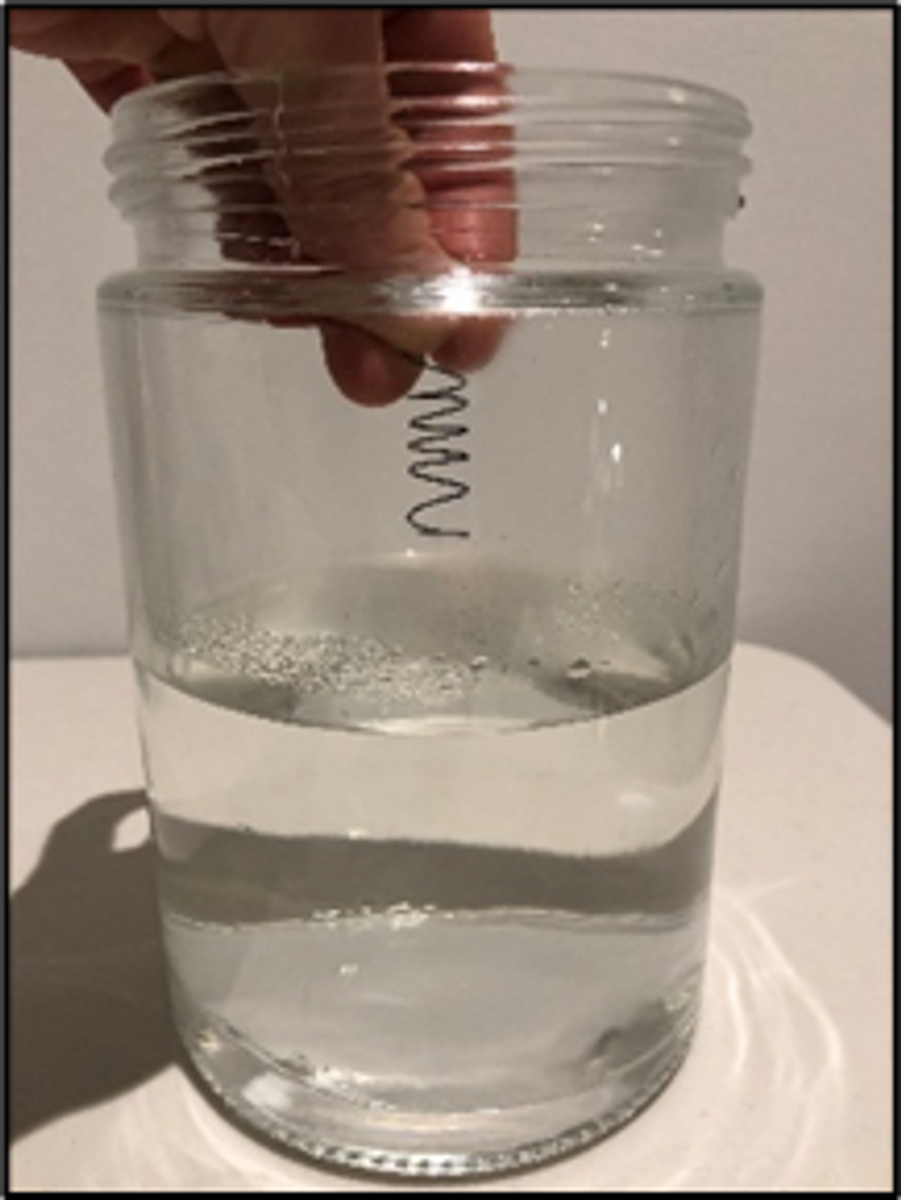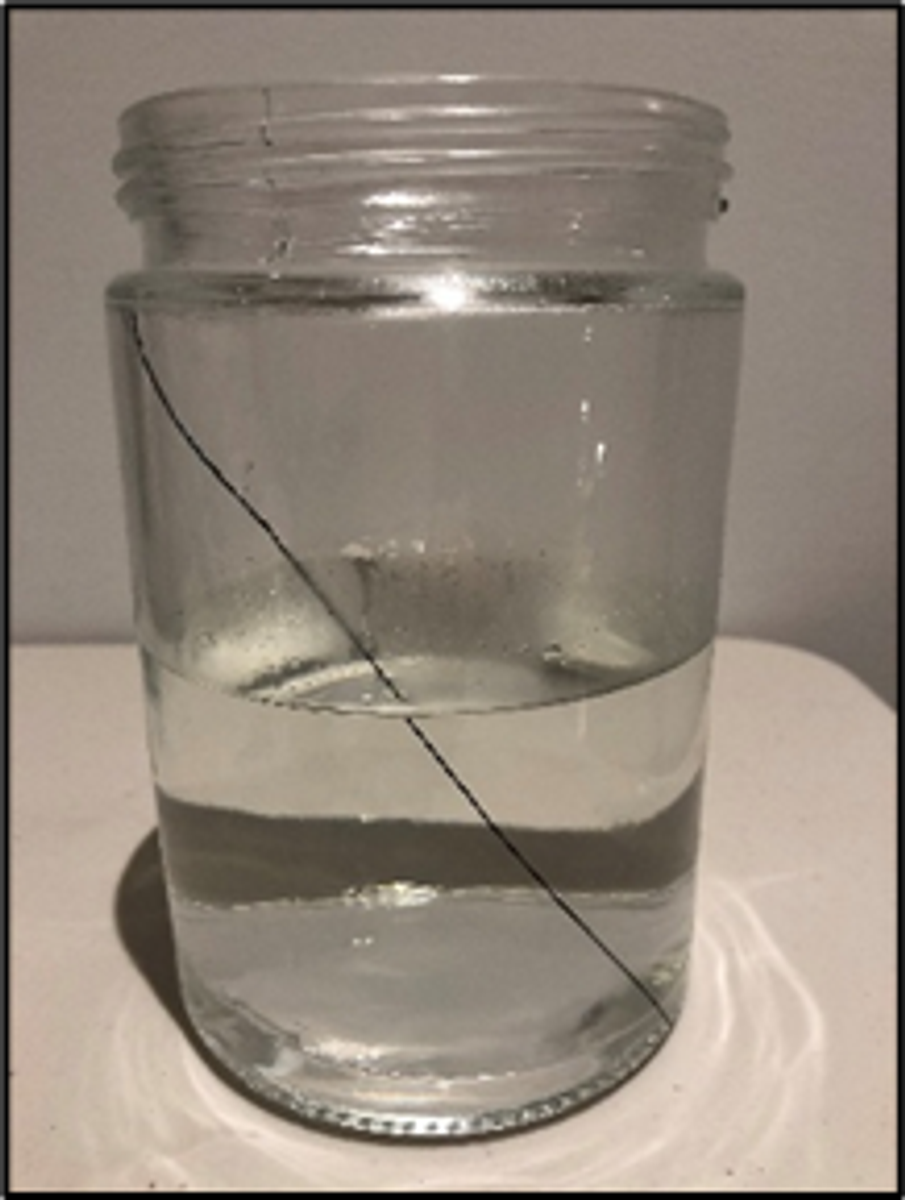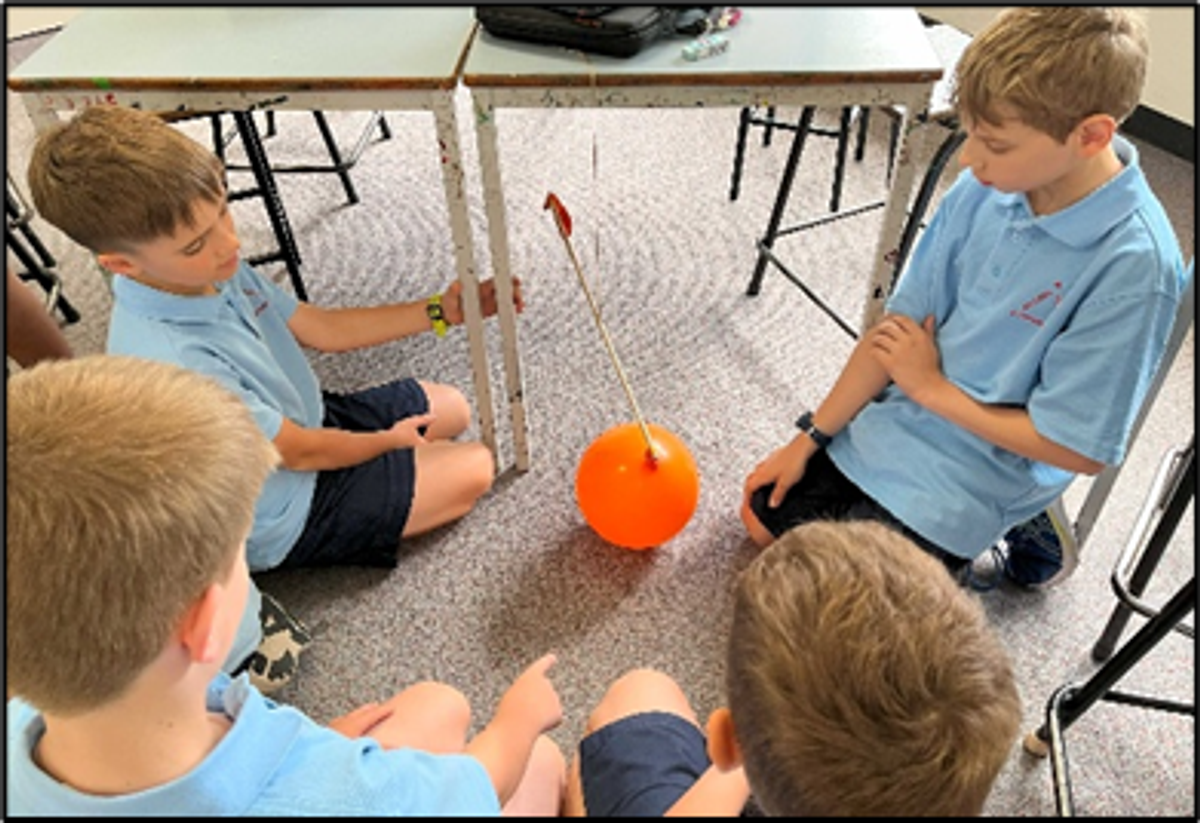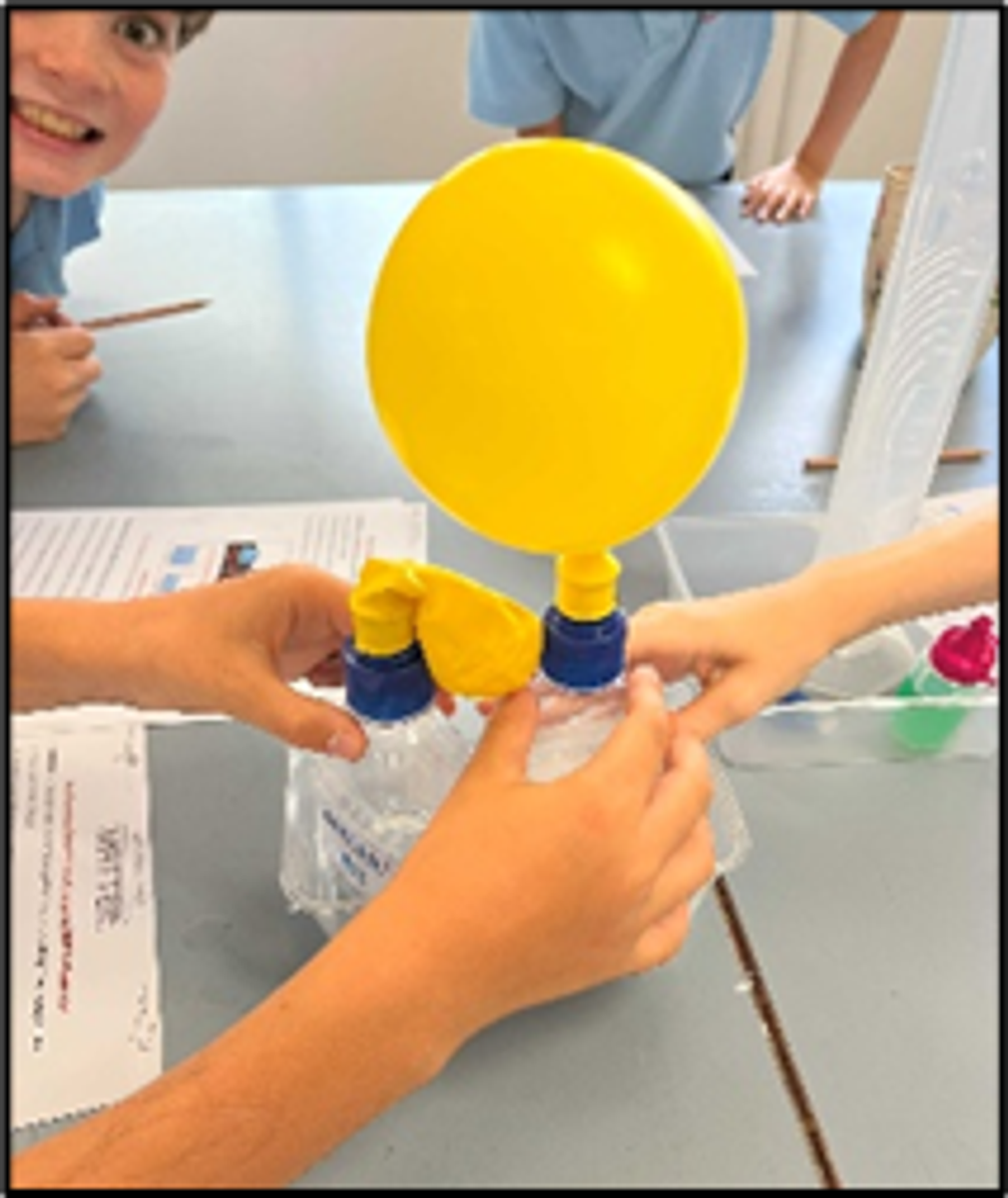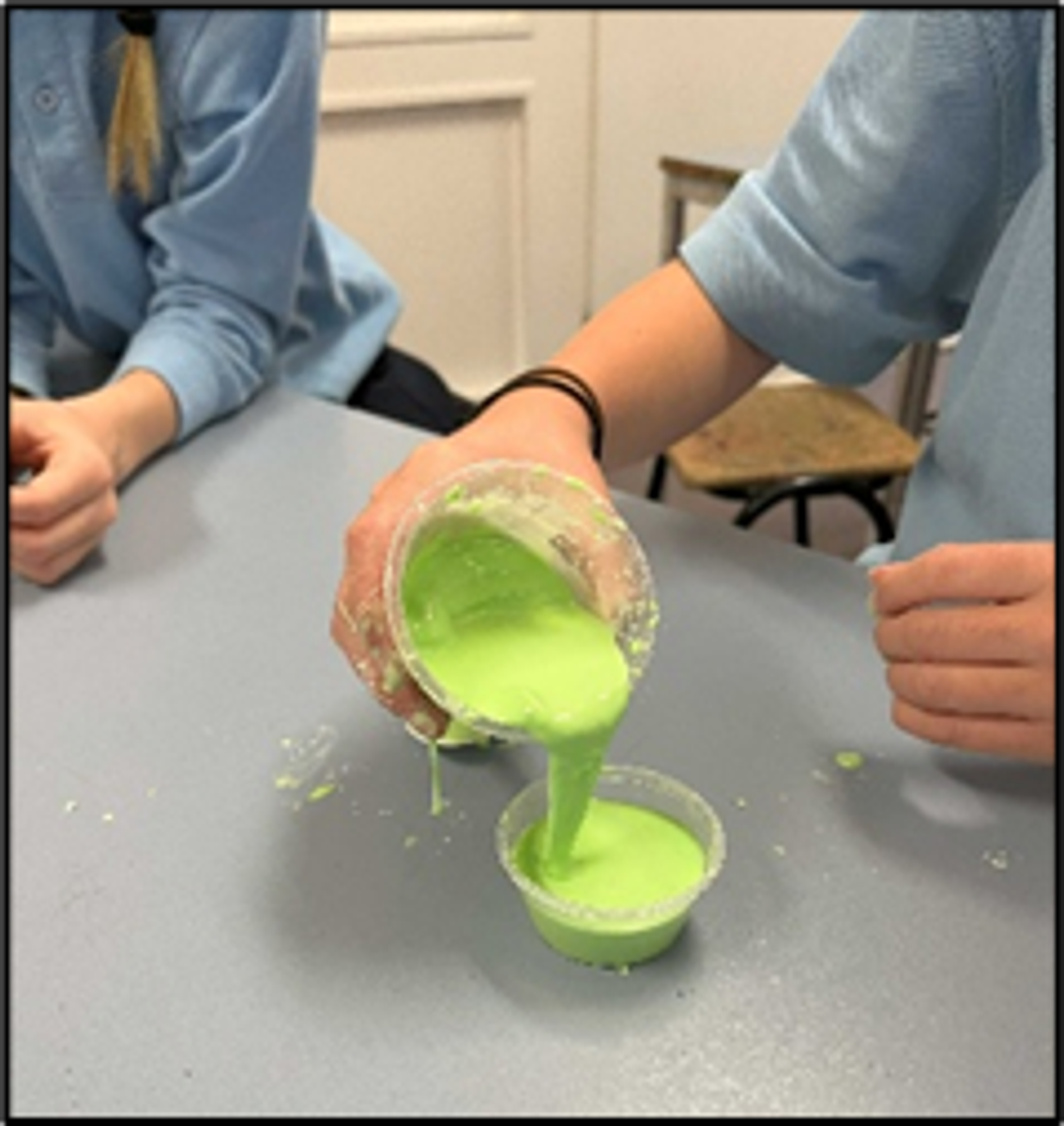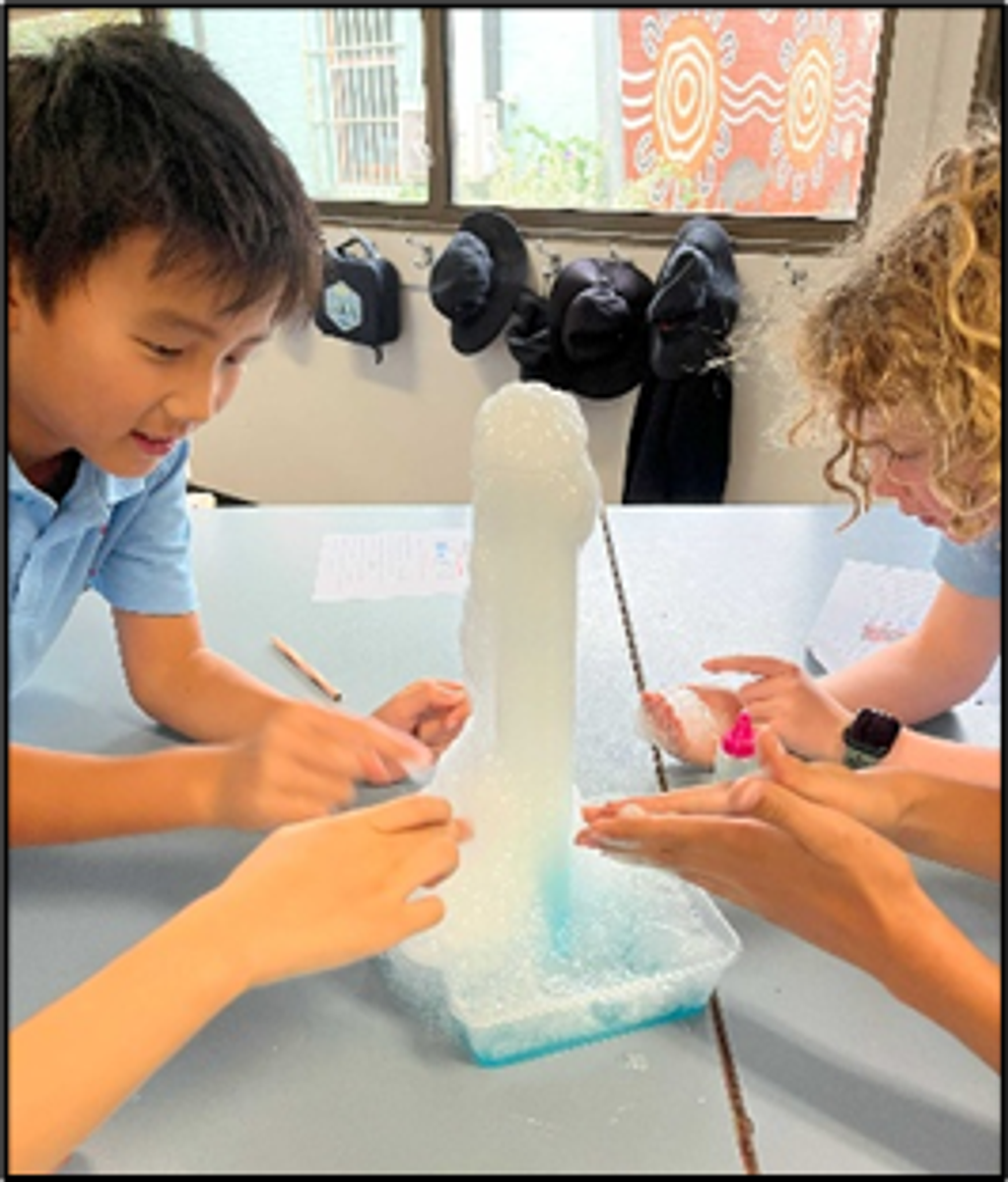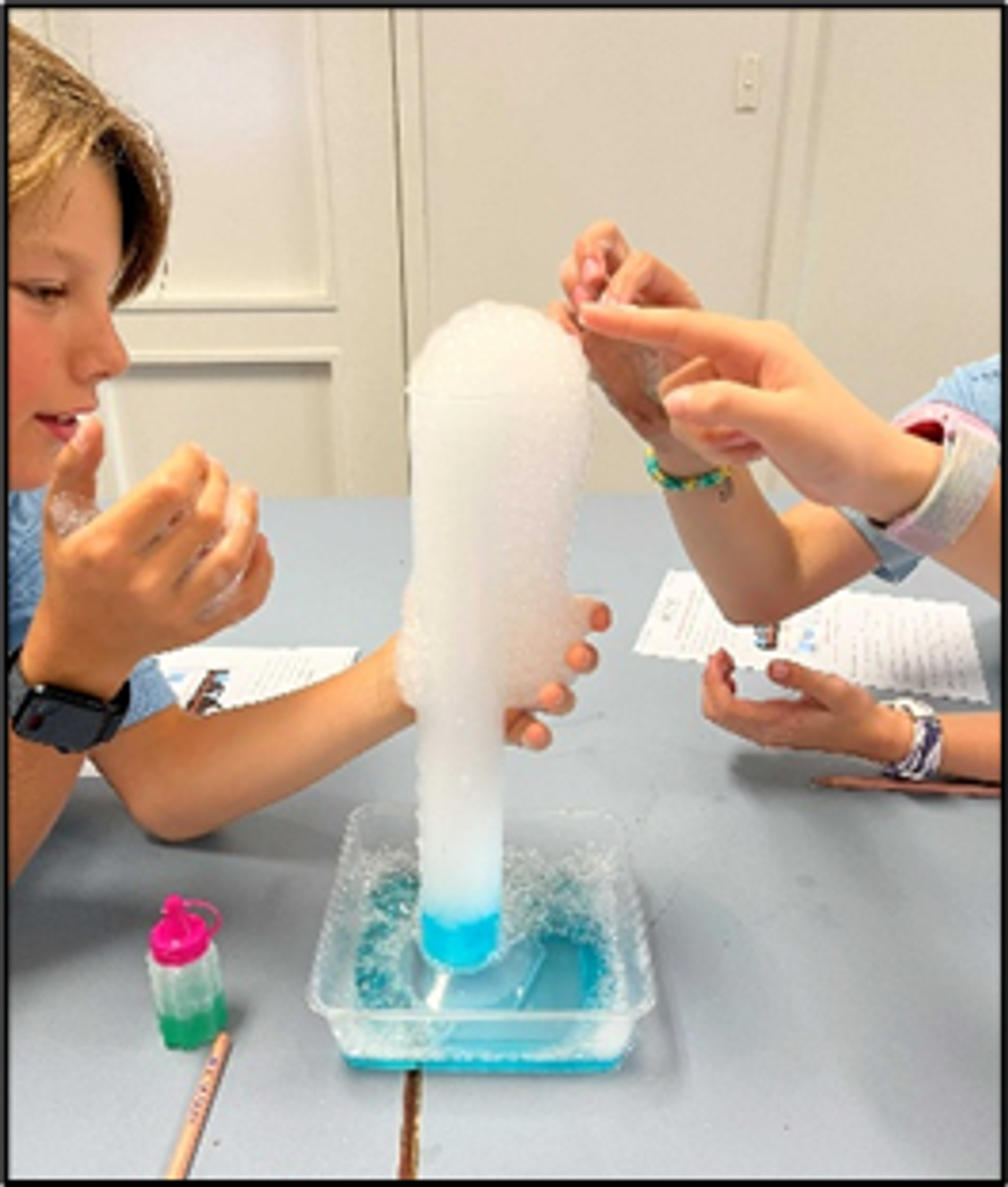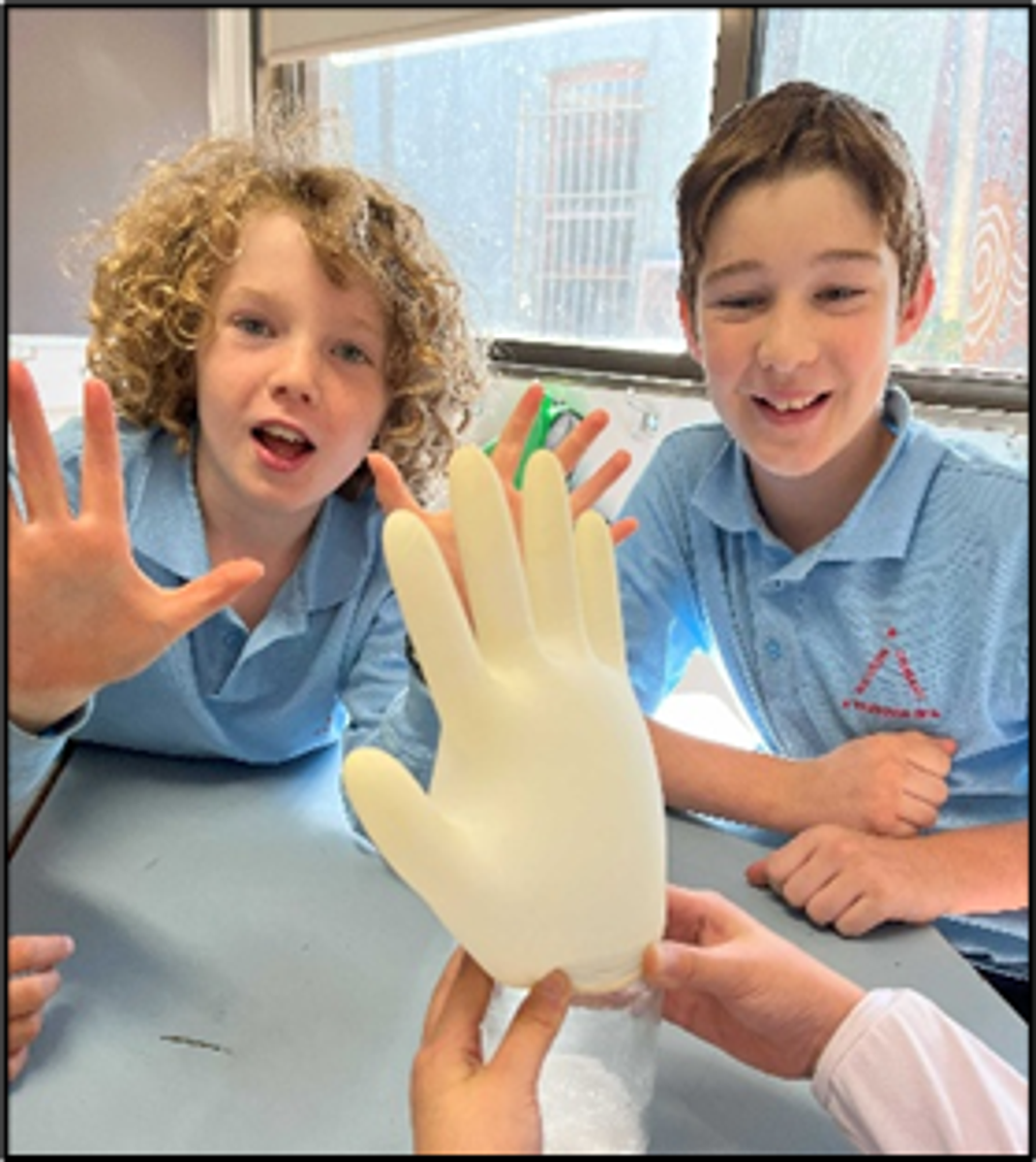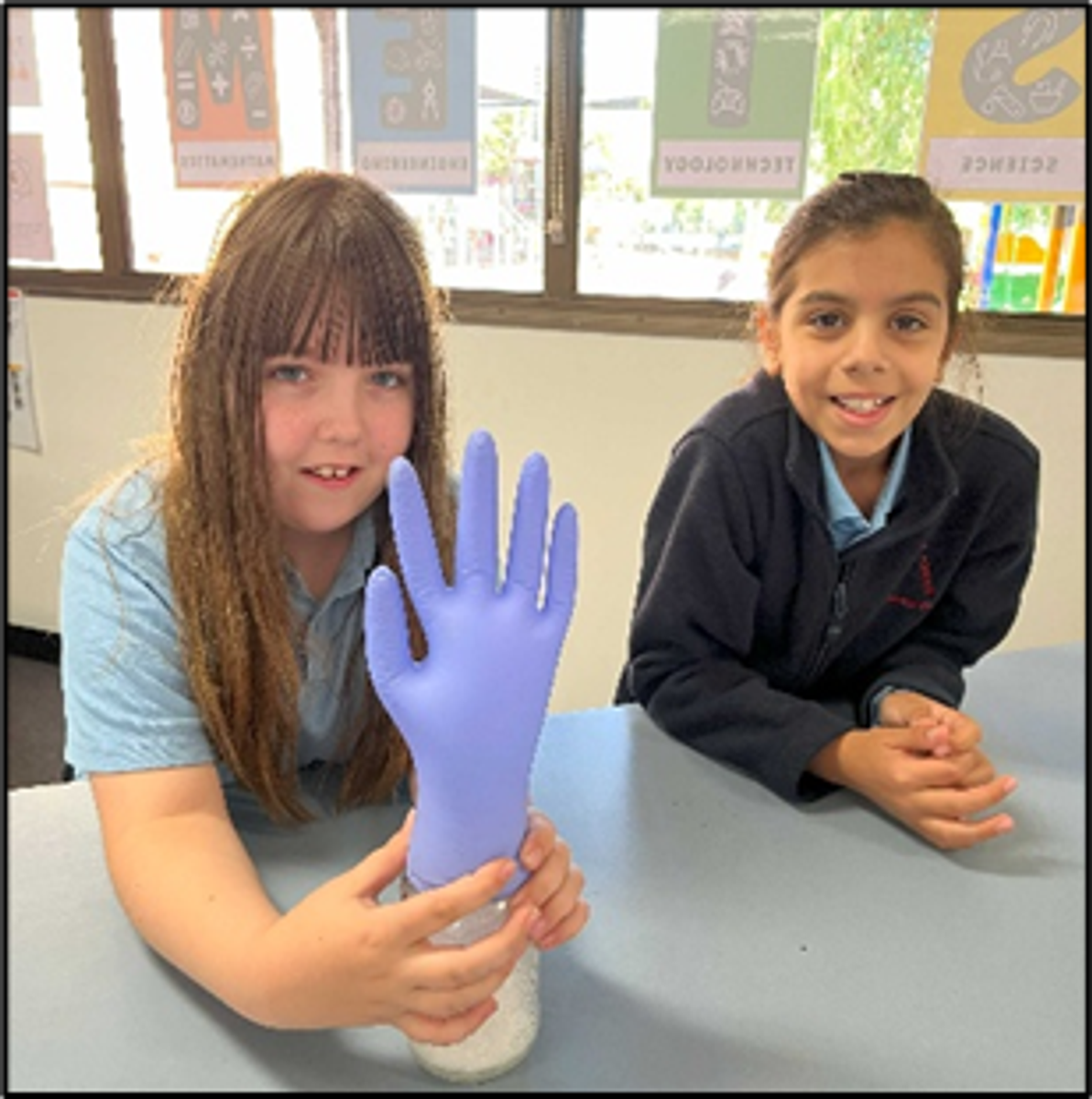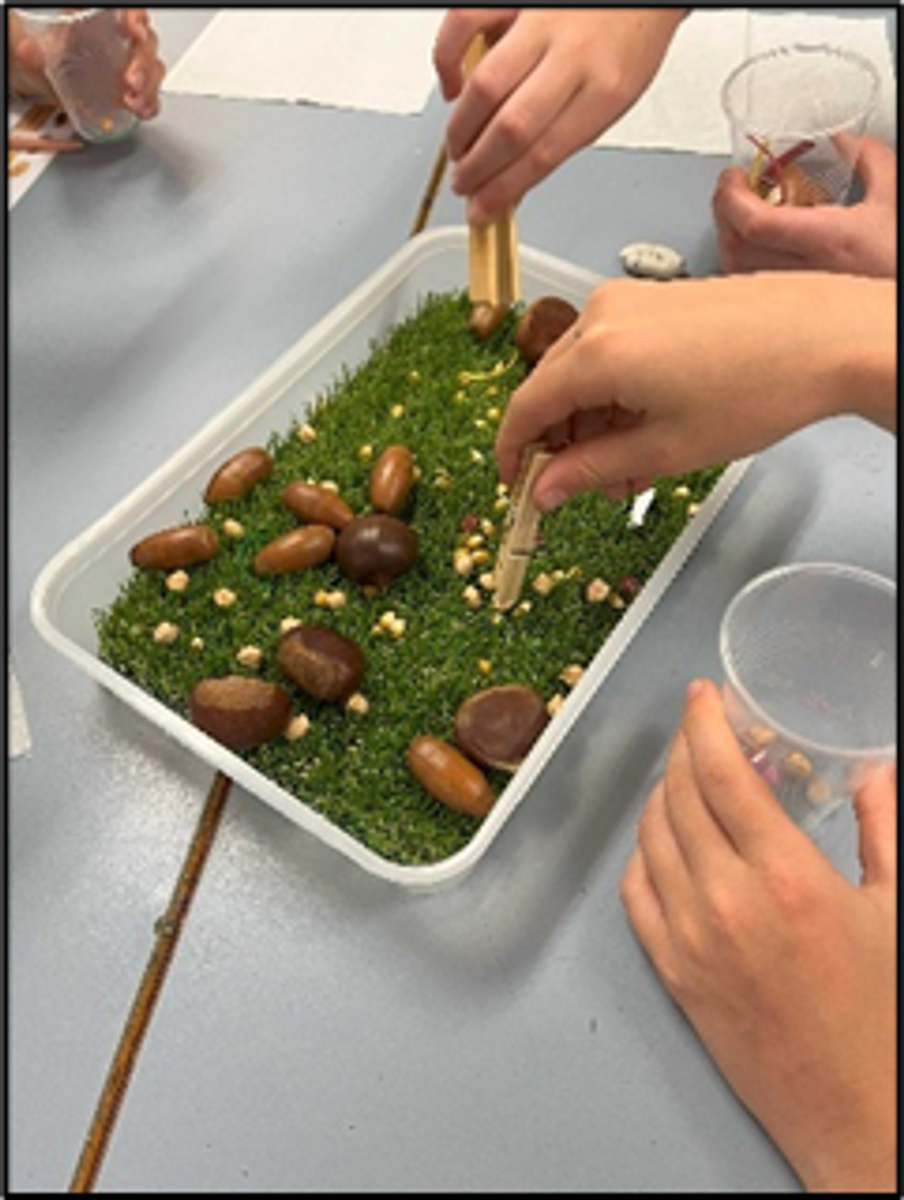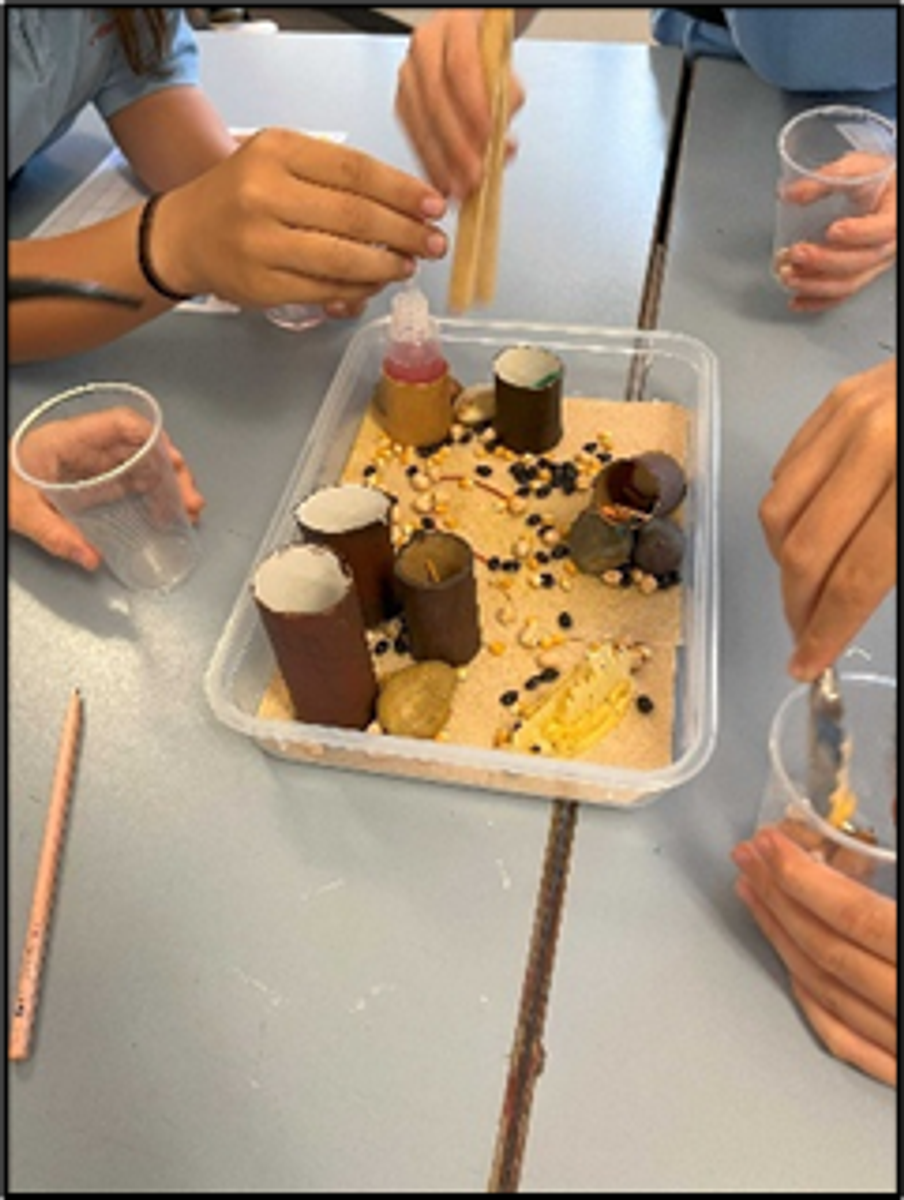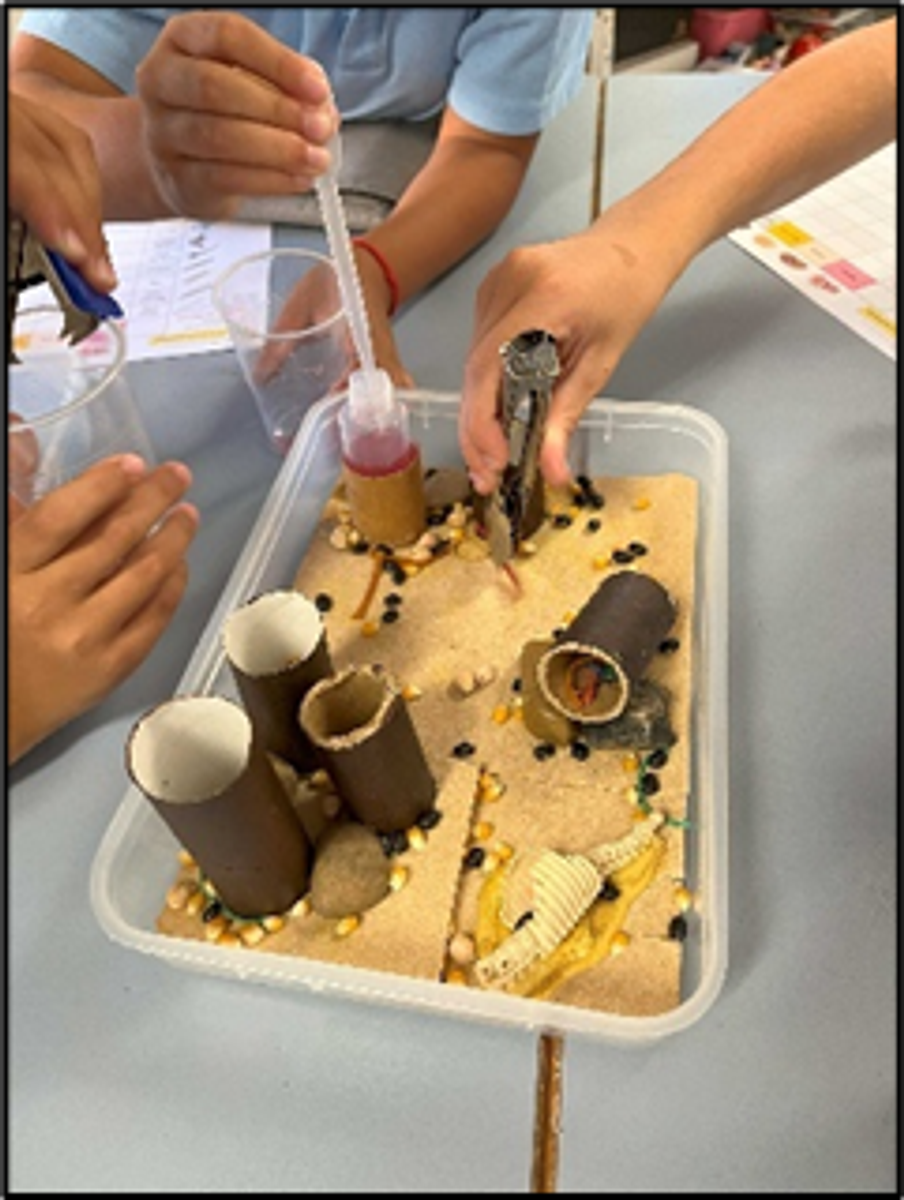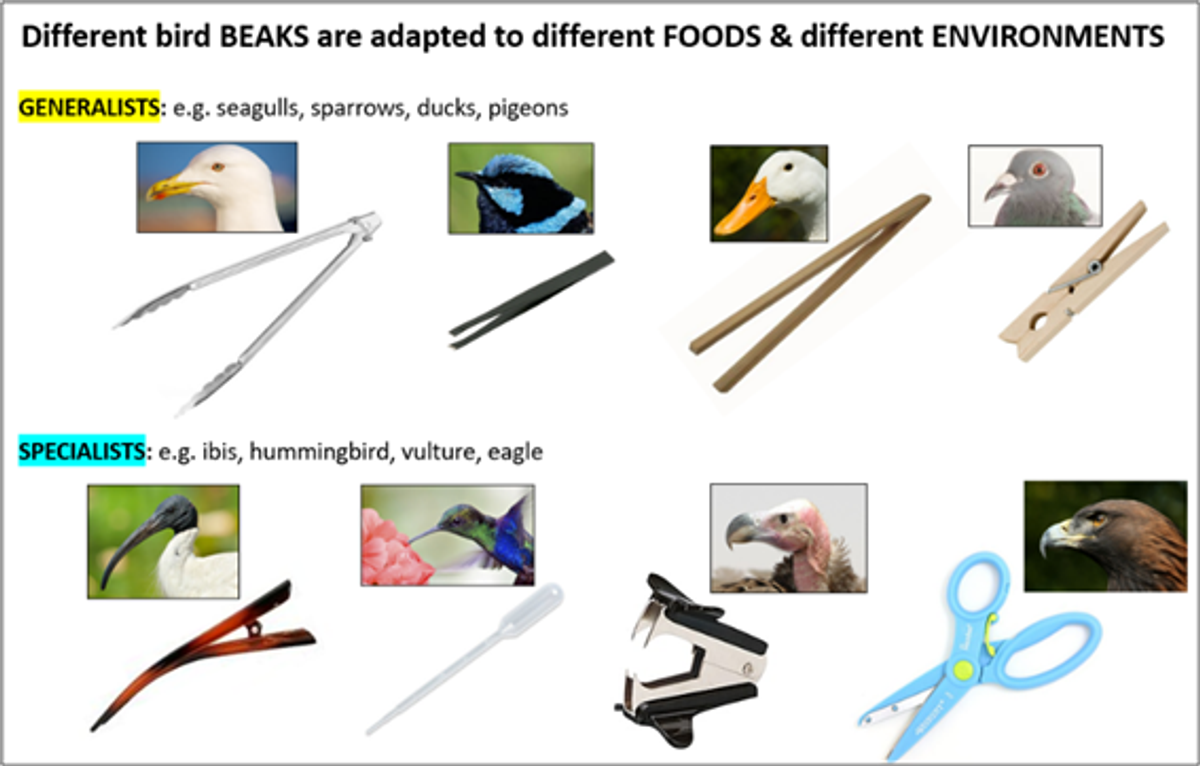STEM NEWS
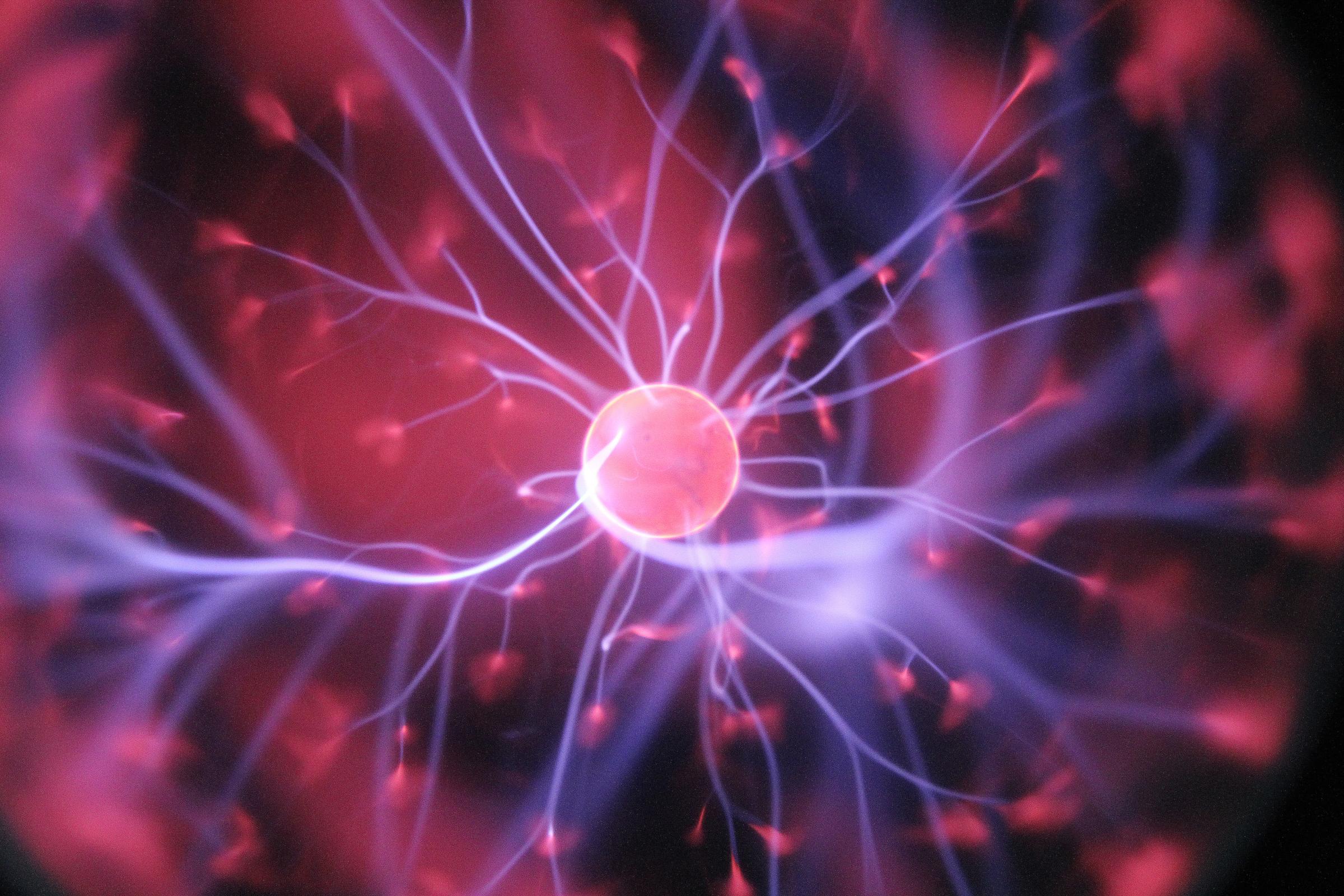
Sensational STEM
Science – Technology – Engineering - Mathematics
Well done to all our students on a sensational term of STEM investigation, experimentation and discovery!
Here is a wrap-up of our STEM activities for Years 2 to 6. Students have engaged in a variety of exciting and enriching experiences to enhance their STEM education!
We hope you enjoy reading about their activities and achievements.
From Steph Spincer and Chris DeLange (STEM Specialists)
Year 2 – STEM Topic – Water Cycle
This term the Year 2’s have been learning how to think like a scientist while investigating the Water Cycle.
- This term in STEM, Grade Two students worked scientifically to make observations and complete experiments to explain the Water Cycle.
- They were challenged to make and test predictions, extend their scientific vocabulary and understandings and think like scientists.
Year 3 – STEM Topic – Living & Non-Living things
This term the Year 3’s have been learning about Living and Non-living things.
- Students were introduced to this topic by looking at pictures of different things such as animals, plants, the sun, water, clouds and fire and deciding if they were living or non-living.
- They realised that it was harder than they thought to classify something as living or non-living because both can sometimes do similar things including moving and growing.
- In a hands-on activity, they explored everyday objects such as seeds, feathers, stones, a bottle of water, and a pot plant to help them understand differences between living and non-living things.
- They learnt that there are 10 characteristics that define something as living, and used the acronym ‘MRS GREN’ to help them remember them all, and found out that non-living things can be classified more easily as once-lived or never lived.
Year 4 – STEM Topic – Material Science
This term the Year 4’s have been examining the properties and uses of different MATERIALS.
- In this topic, Year 4 students thought about how and why we use different materials for different purposes.
- They used digital microscopes to examine a range of different everyday materials including their school uniforms to help them understand what materials are used for.
- They engaged in a series of fun ‘Investigation Stations’, examining, testing and describing different properties of materials including; conducting vs insulating, floating vs sinking, raw vs processed, and waterproof vs absorbent.
- As they investigated different materials, students were encouraged to use scientific terms to describe properties, for example using ‘transparent’ rather than ‘see-through’, to help expand their vocabulary.
- They finished off the term investigating an unusual material – NiTiNOL (memory metal). They had fun twisting the memory metal into a spring and watching it ‘spring’ back to its original shape when dropped in hot water!
Year 5 – STEM Topic – Matter
This term the Year 5’s have been exploring the properties of different types of MATTER.
- They discovered that there are not 3 but 5 different states of matter, and that the most abundant type of matter in the universe is not solid, liquid or gas, but plasma!
- They weighed air to see if it was made of matter (it was!) – as matter is anything that takes up space (volume) and has weight (mass).
- Then they classified different objects and realised that the world is not just made up of solids, liquids and gases, but that most things are mixtures.
- They investigated oobleck, a special type of mixture (non-Newtonian) that behaves as both a liquid and a solid when different amounts of force are applied to it.
- The highlight was experimenting with dry ice, using balloons and bubbles to observe how it goes through a physical change of state from a solid to a gas (rather than a liquid) through a process called sublimation.
- We then compared physical and chemical changes, combining vinegar and baking soda to make a new substance (a gas) to inflate a glove.
- To finish the term, Year 5’s applied this principle of making a new substance through chemical change to make bubbly bath bombs!
Year 6 – STEM Topic – Adaptation
This term the Year 6’s have been learning about how living things survive by adapting to their environments.
- They first considered the age of the Earth (4.6 billion years old!) using a 4.6m piece of string to represent the evolution and diversification of life throughout this vast length of time. They then represented this time period using their arm, with Earth’s formation at their shoulder …and human evolution at the tip of their fingernail – to realise how recently humans have evolved.
- We discussed genetic variability in a species (e.g. dinosaurs with vs without feathers) and how, if the environment changes suddenly, some characteristics can give individuals a better chance of survival – those that are ‘best fit’ to their new environment (e.g. feathered dinosaurs after the meteorite impact 65 million years ago)
- Students were introduced to Charles Darwin’s observation of variation within a species through a ‘bird beak’ activity. They chose from a range of different ‘bird beaks’ (e.g. tongs, tweezers, pegs) and predicted which type of beak would allow their bird to ‘survive’ in two different environments – a grassy plain and a dry desert.
- They then used their mathematics skills to tally and plot their data in bar graphs, and analysed their results to determine which type of bird beak was ‘best fit’ to each environment.

